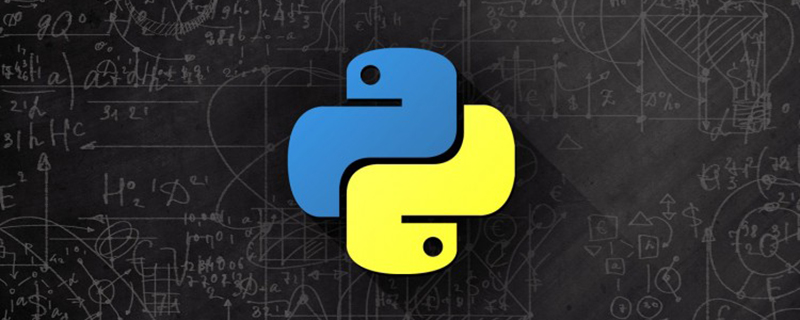

Who created the python language?
The original meaning of Python is "python". In 1989, the Dutch Guido van Rossum invented an object-oriented interpreted high-level programming language and named it Python. The Python design philosophy is elegant and clear. , simple, in fact, Python has always run through this concept, so much so that there is a saying on the Internet now: "Life is short, I use Python". It can be seen that Python has the characteristics of simplicity, fast development speed, practical saving and easy learning.
Python is an extensible and powerful programming language. It has a rich and powerful library that can easily connect various modules made in other languages (especially C) together. Therefore, Python is often called the "glue" language.
Recommended:python video tutorial
Related introduction:
The founder of Python is Guido van Rossum. During the Christmas period of 1989, in Amsterdam, in order to kill the boredom of Christmas, Guido decided to develop a new script interpreter as an inheritance of the ABC language. The reason why Python (meaning Python) was chosen as the name of the programming language was because he was a fan of a comedy group called Monty Python.
ABC is a teaching language designed by Guido. In Guido's own opinion, ABC is a very beautiful and powerful language that is specially designed for non-professional programmers. However, the ABC language did not succeed. The reason, Guido believed, was due to its non-open flag
. Guido is determined to avoid this mistake in Python. At the same time, he wanted to achieve something that had been glimpsed in ABC but never came to fruition.
In this way, Python was born in the hands of Guido. It can be said that Python developed from ABC and was mainly influenced by Modula-3 (another very beautiful and powerful language designed for small groups). And combines the habits of Unix shell and C.
Python[4] has become one of the most popular programming languages. In January 2011, it was named the 2010 Language of the Year by the TIOBE Programming Language Ranking. Since 2004, python usage has grown linearly.
Due to the simplicity, readability and scalability of the Python language, there are an increasing number of research institutions using Python for scientific computing abroad. Some well-known universities have adopted Python to teach programming courses. For example, the basics of programming at Carnegie Mellon University and the introduction to computer science and programming at MIT are taught using the Python language. Many open source scientific computing software packages provide Python calling interfaces, such as the famous computer vision library OpenCV, the three-dimensional visualization library VTK, and the medical image processing library ITK. There are even more scientific computing extension libraries dedicated to Python, such as the following three very classic scientific computing extension libraries: NumPy, SciPy and matplotlib, which provide fast array processing, numerical operations and drawing functions for Python respectively. Therefore, the development environment composed of the Python language and its numerous extension libraries is very suitable for engineering and scientific researchers to process experimental data, make charts, and even develop scientific computing applications.
Speaking of scientific computing, the first thing that will be mentioned may be MATLAB. However, except for some highly professional toolboxes of MATLAB that cannot be replaced, most of the common functions of MATLAB can be found in the corresponding extension libraries in the Python world. Compared with MATLAB, using Python for scientific calculations has the following advantages:
● First of all, MATLAB is a commercial software and is expensive. Python is completely free, and many open source scientific computing libraries provide Python calling interfaces. Users can install Python and most of its extension libraries for free on any computer.
● Secondly, compared with MATLAB, Python is an easier to learn and more rigorous programming language. It allows users to write code that is more readable and maintainable.
● Finally, MATLAB is mainly focused on engineering and scientific computing. However, even in the computing field, various needs such as file management, interface design, and network communication are often encountered. Python has a rich extension library that can easily complete various advanced tasks. Developers can use Python to implement various functions required for complete applications.
The above is the detailed content of Who created the python language?. For more information, please follow other related articles on the PHP Chinese website!